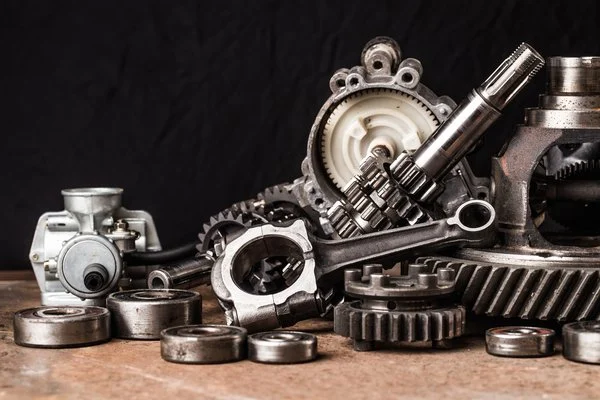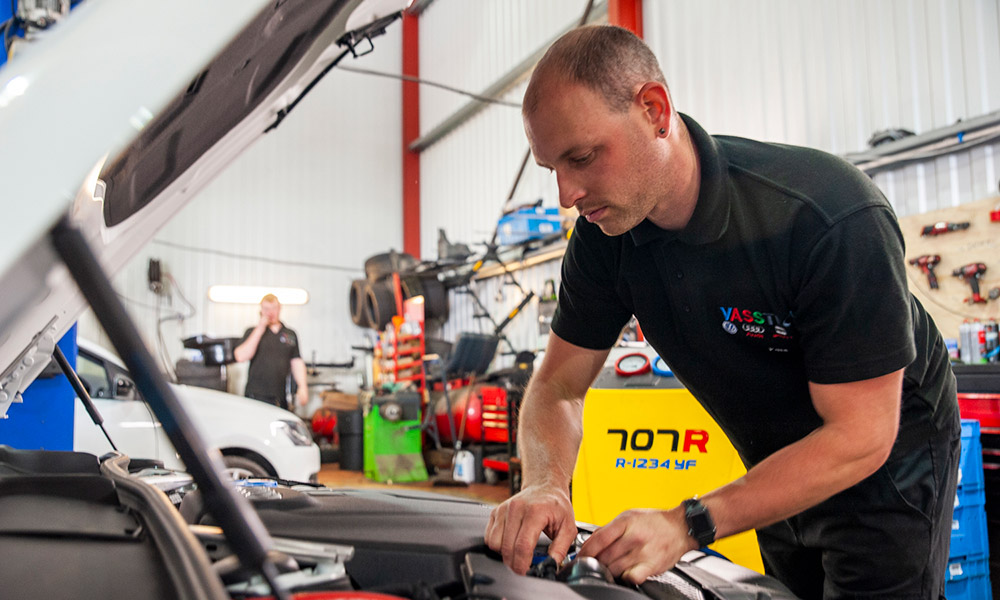Upgrading your car’s audio system can significantly enhance your driving experience, transforming your vehicle into a mobile soundstage. Whether you’re looking for deeper bass, clearer highs, or simply better overall sound quality, choosing the right components is essential. With a variety of options available, it can be challenging to know where to start. In this guide, we’ll walk you through the key components of a car audio system and provide insights on how to choose the best ones for your needs.
Understanding the Components of a Car Audio System
Before diving into an audio system upgrade, it’s important to understand the various components that work together to create high-quality sound. Each part plays a specific role in producing balanced, rich, and immersive audio. Here are the primary components:
1. Head Unit (Receiver)
The head unit, or receiver, is the control center of your car’s audio system. It allows you to manage inputs, change radio stations, adjust volume, and access features like Bluetooth, Apple CarPlay, or Android Auto. Modern head units come with advanced features, including touchscreen displays, smartphone integration, and built-in equalizers.
Key Considerations for Choosing a Head Unit:
- Compatibility: Ensure that the head unit is compatible with your car’s make and model.
- Connectivity Options: Look for Bluetooth, USB ports, and compatibility with music streaming apps.
- Ease of Use: Consider a unit with an intuitive interface and touchscreen for easy operation.
2. Speakers
Speakers are arguably the most important part of your car’s audio system as they directly impact the quality of the sound. Factory-installed speakers are often underwhelming, which is why upgrading to aftermarket speakers can make a big difference. There are two main types of speakers: coaxial and component speakers.
- Coaxial Speakers: These speakers combine a woofer and a tweeter into one unit, making them easier to install and generally more affordable. They are ideal for casual listeners looking to improve sound quality without getting too technical.
- Component Speakers: These are separate woofer and tweeter units, providing more detailed sound by allowing for better placement and superior sound quality. Component speakers are preferred by audiophiles who seek higher fidelity audio.
Key Considerations for Choosing Speakers:
- Sound Quality: Look for speakers with a broad frequency range for fuller sound.
- Material: High-quality materials like polypropylene or Kevlar are more durable and produce better sound.
- Fit: Ensure the speakers fit your car’s size specifications.

3. Amplifiers
Amplifiers boost the audio signal from the head unit to the speakers, providing more power for clearer sound and deeper bass. If you plan to add subwoofers or upgrade your speakers, an amplifier is essential to ensure your system can handle the increased power demand.
Key Considerations for Choosing an Amplifier:
- Power Output: Look for an amplifier with enough wattage to match your speakers’ and subwoofers’ power requirements.
- Channels: Choose an amplifier based on the number of speakers you’re powering. A four-channel amp is standard for most systems.
- Compatibility: Make sure the amplifier is compatible with your head unit and speakers.
4. Subwoofers
If you’re a fan of bass-heavy music, a subwoofer is a must-have component. Subwoofers are responsible for producing low-frequency sounds, giving depth and power to your music. They come in various sizes, with larger subwoofers typically providing deeper bass.
Key Considerations for Choosing a Subwoofer:
- Size: Choose a subwoofer that fits in your vehicle without taking up too much space.
- Power Handling: Ensure the subwoofer can handle the wattage from your amplifier.
- Type of Enclosure: Subwoofers can be placed in sealed or ported enclosures, with sealed providing tighter bass and ported offering louder, deeper sounds.
5. Sound Dampening Materials
One often overlooked component in upgrading a car’s audio system is sound dampening material. Adding sound deadening materials to your car’s doors, floors, and trunk can significantly reduce road noise and improve the overall sound quality by allowing you to hear the details of your music more clearly.
Key Considerations for Sound Dampening Materials:
- Coverage: The more surface area you cover, the better the noise reduction.
- Thickness: Thicker materials offer better soundproofing.
- Installation: Consider whether you can install the material yourself or need professional help.
Steps for Upgrading Your Car’s Audio System
1. Determine Your Budget
Before purchasing any components, determine how much you’re willing to spend. Upgrading your car’s audio system can range from a few hundred to several thousand dollars, depending on the components you choose. Set a budget that covers the head unit, speakers, amplifier, and any additional items like subwoofers or dampening materials.
2. Plan the System Layout
Next, plan how you want your system to be laid out. For example, decide whether you want to replace just the speakers or also upgrade the head unit and add an amplifier. Knowing which components you want will help you organize your purchases and installation.
3. Consider Professional Installation
While some components, like the head unit and speakers, can be installed by DIY enthusiasts, more complex systems may require professional installation. Amplifiers and subwoofers often need wiring and placement expertise to achieve optimal performance without causing electrical issues.
Conclusion
Upgrading your car’s audio system is a great way to enhance your driving experience, whether you’re a casual listener or an audiophile. By carefully selecting the right components—head unit, speakers, amplifiers, subwoofers, and sound dampening materials—you can achieve the perfect balance of sound quality, power, and clarity. Remember to consider factors like compatibility, power handling, and installation when choosing your upgrades to ensure that your system delivers the best performance possible.


